Sever – The Bridge to Soyuz
Korolev's R7 based Moon mission
Sever, (Meaning “North”) is a little known proposal from Korolev as a way to get a crewed lunar mission using the R7 launcher. This was considered because a more powerful launcher was a long way off.
Details are scant – and the appearance is based on a model seen on Boris Chertok’s desk, and one illustration! And there are differences between them. My prime source for reference was Alex Schliadinsky.
The main elements of the design are:
An upgraded Vostok style crew module
An engineering / utility module
A “train” of five boosters stacked end-to-end to provide the thrust.
The starting point was the Vostok spacecraft, (as flown by Yuri Gagarin). It was possible to get two cosmonauts in there, (though it would be cramped) – this is effectively what was done for Voskhod.
But it was not capable of a mission to the Moon without considerable modification.
The first problem was that the Vostok capsule could not cope with re-entry forces of a return from the Moon - at the increased speeds returning from the Moon, the G forces would kill the cosmonauts.
So it used a 2.3 m diameter upper hemisphere from Vostok, which was connected to a cylindrical shell. A convex heat shield with a radius of 2.3 m was attached to the lower part of this shell. This made it possible, by entering the atmosphere at an angle, to obtain a lifting force, and reduce G loads.
Two versions are known, and it is extremely tempting to treat them as evolutionary.
The first version looked like this:
A single, round solar array was attached to the top of the crew compartment, (I assume it would fold underneath the compartment somehow for launch).
Behind the crew compartment was an instrument module, which would attach to the booster train. This instrument module is clearly an ancestor of the similar structure at the rear of the Soyuz spacecraft. The rear of the instrument compartment would attach to the booster train. A periscope has also been added, so the crew can see what is going on behind them.
The second version looks distinctly more like a Soyuz spacecraft, shown here with the utility module attached:
There are now a pair solar arrays, attached to the side of the ship, like Soyuz. At the front of the descent module is a docking port. This was added so the craft could dock with an unspecified space station. With this docking port, the new version Sever would attach to the booster train the other way around, with the front connecting to the booster train.
I’ve made an animation with the two versions side-by-side, so it’s easy to see the differences. Please note that I have no information on the engine appearance, I’ve used a Soyuz design.
Korolev’s solution the propulsion issue was to stack boosters one behind the other, creating a “space train”. Each block / booster would be dropped as its fuel was used up.
I have made illustrations of both versions – note how the crew modules connect differently.
It’s not hard to see the problems with this proposal – it would require five successful dockings in Earth orbit. And at this time orbital docking had not been achieved, not even once! The boosters were to launch first, one at a time, each one launching as the previously launched and docked modules passed over Baikonur. Each of them was equipped with a passive and an active docking system which allowed them to dock with each other. Finally the crewed spacecraft would dock with the assembly, and it would be ready to head for the Moon, for a loop around, and free return back to Earth.
There’s another feature I’d like to draw your attention to, the white thermal control louvres. While I have not seen these on any Soyuz versions, it’s interesting to note that something looking very similar appears near the rear of the LOK, the Lunar Orbiter proposed for the N1-L3 missions.
The Sever proposal was not seriously considered for very long – but it is easy to see its influence on the next evolution of lunar missions, the Soyuz A-B-V, also known as Soyuz 7k-9k-11k
Soyuz A would address the remaining issues with the crew module, (lack of living space in particular), and the B-V modules would attempt to improve the efficiency of the space train. That system will be described in a later post.
Great image of the week!
This week’s great image, seriously high resolution “Vostok” plans, which seem to me to go well with the “Sever” article.
Click for full size
Great link of the Week!
Technology for Youth was an old Soviet science magazine that often had superb artwork. This link will show you all sorts of weird and wonderful technology, via a Yandex search for covers.
And a gallery of samples, which also lets me try out the SubStack gallery feature.

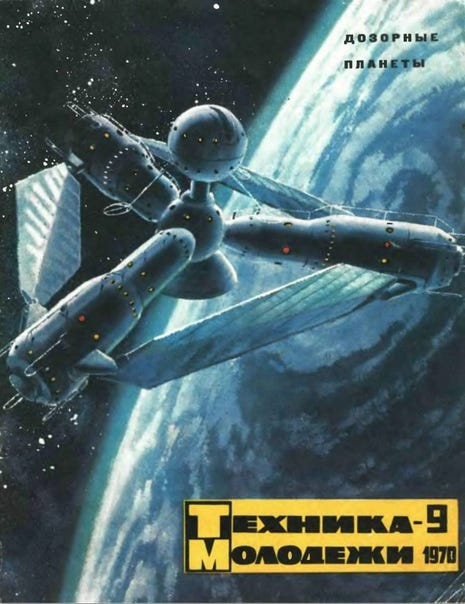
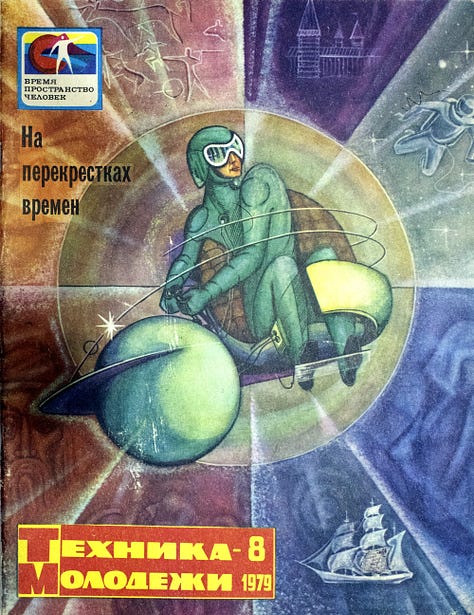
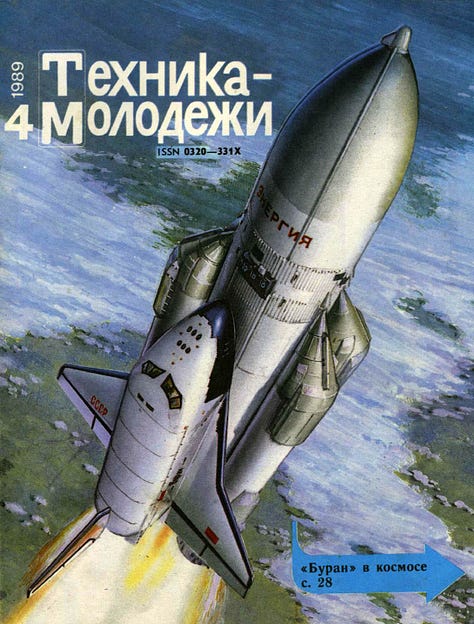
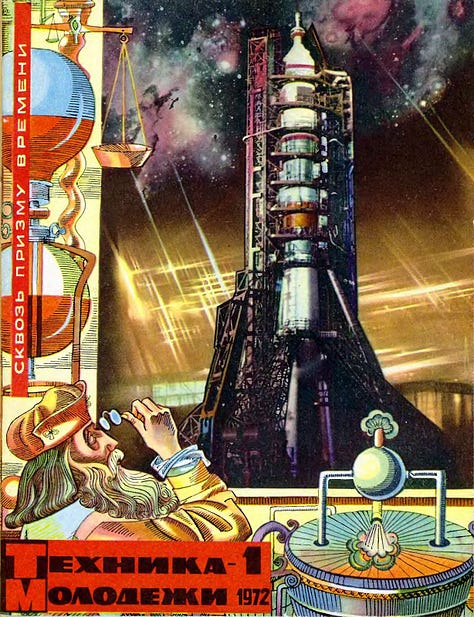

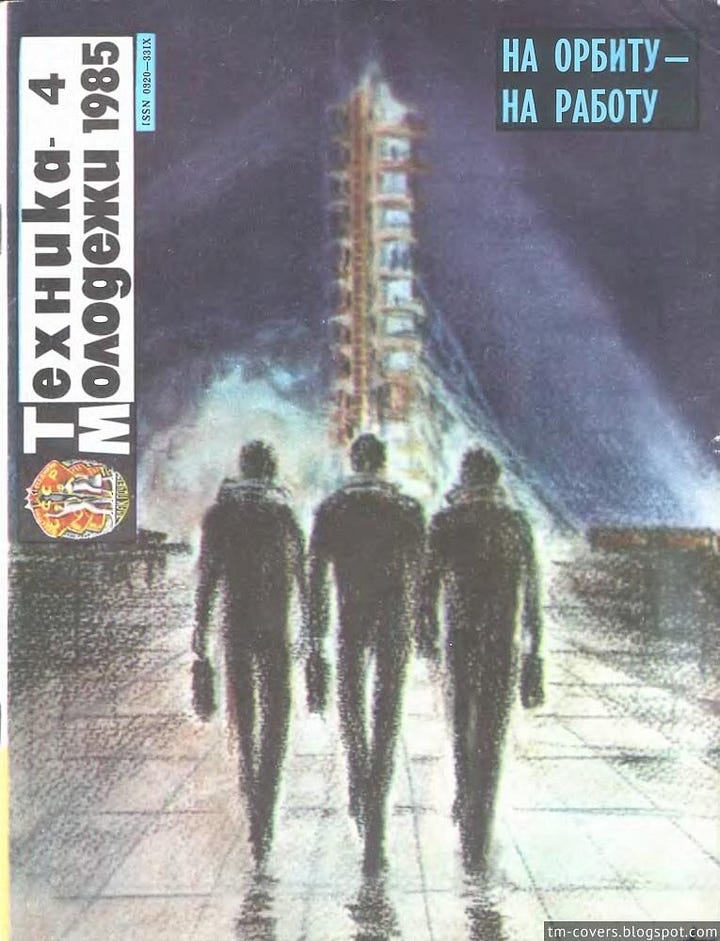
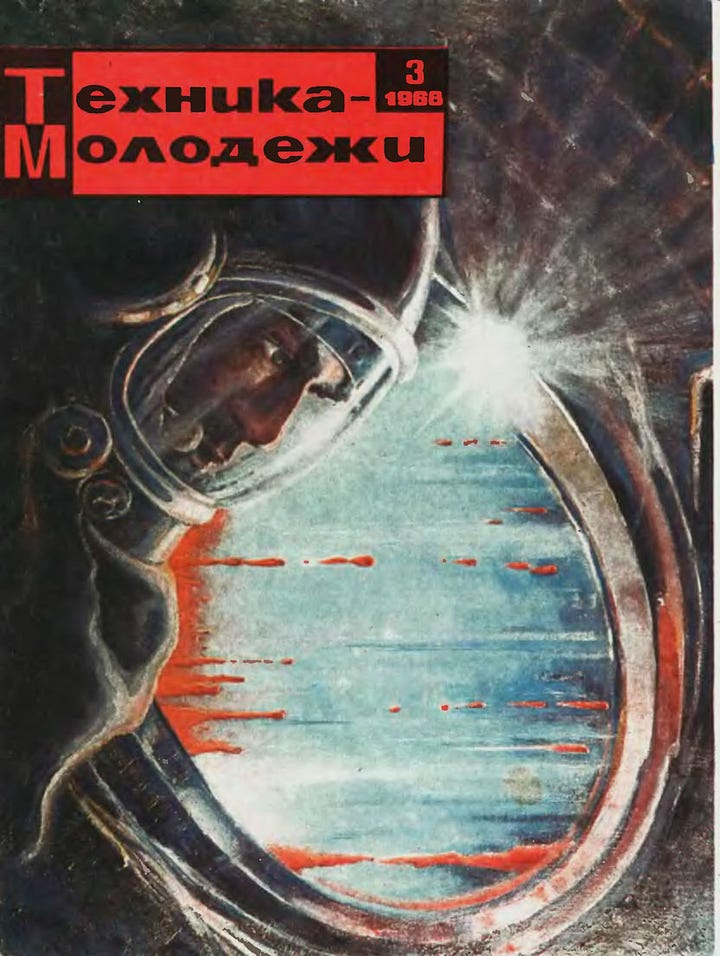




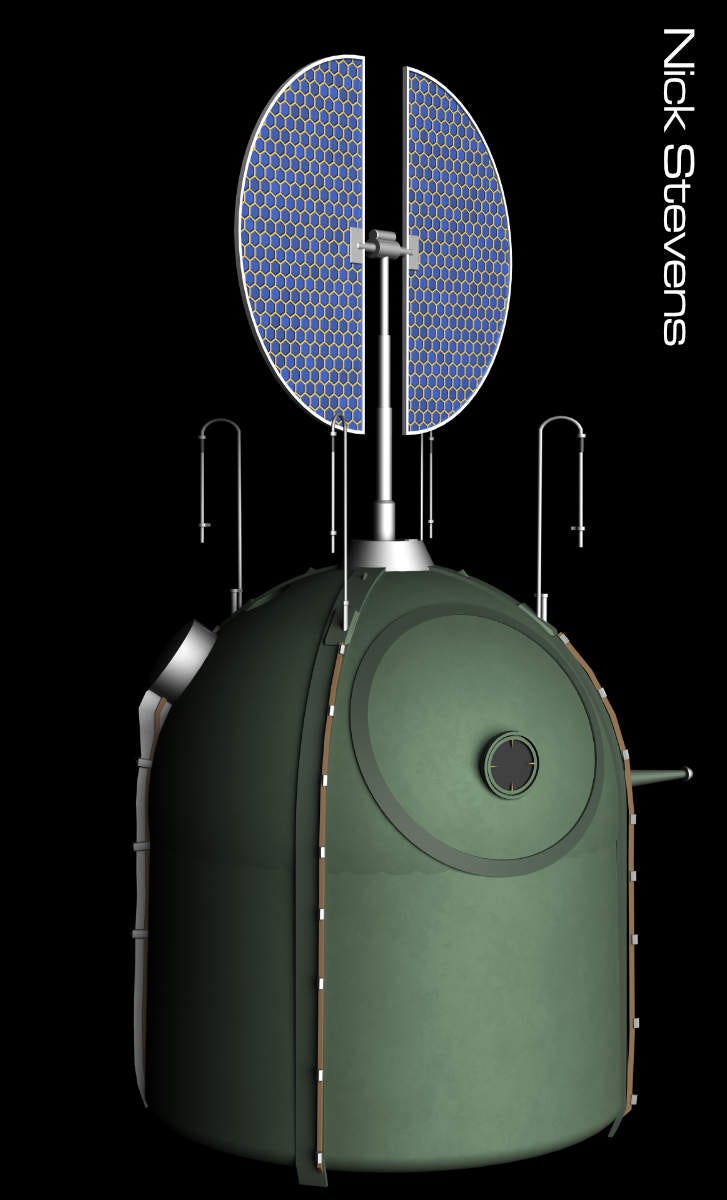
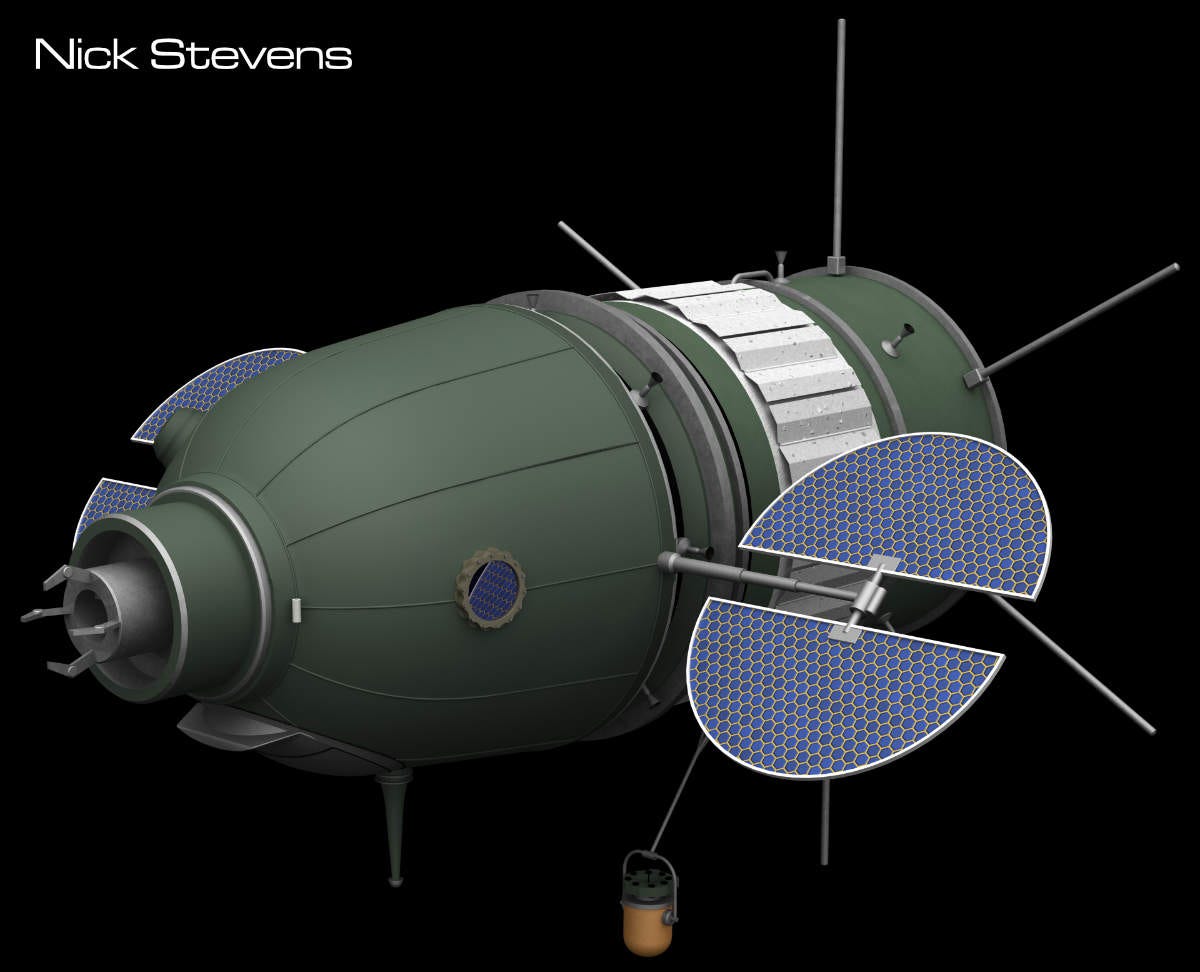

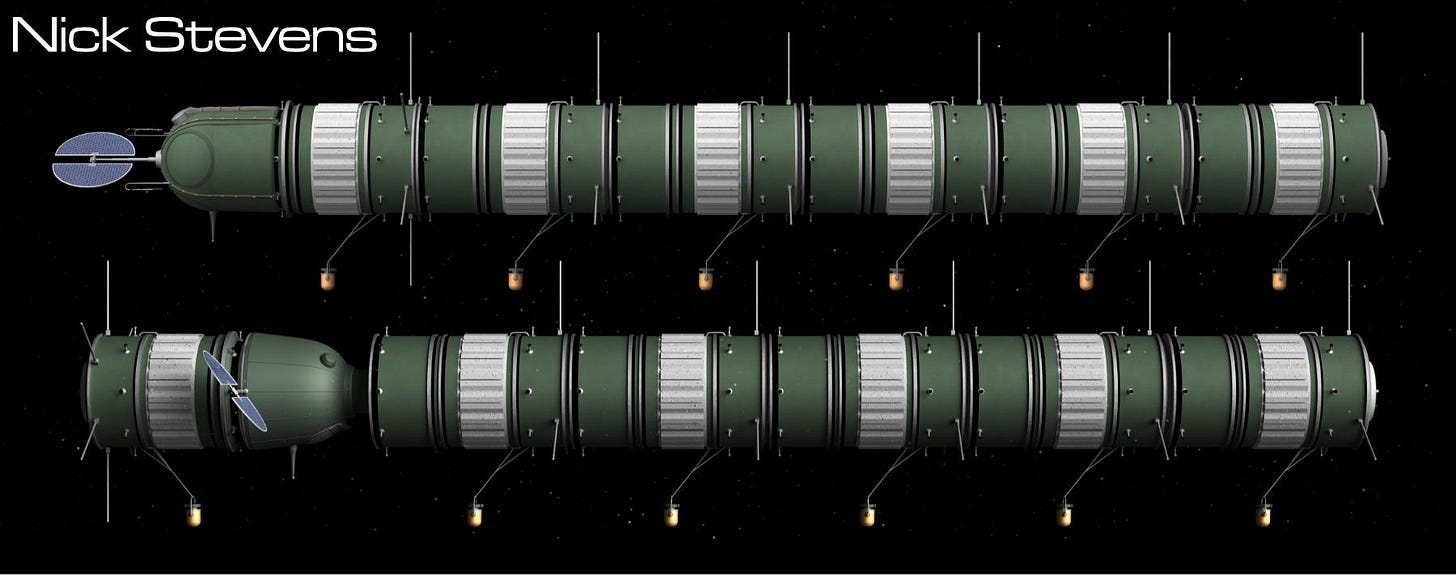

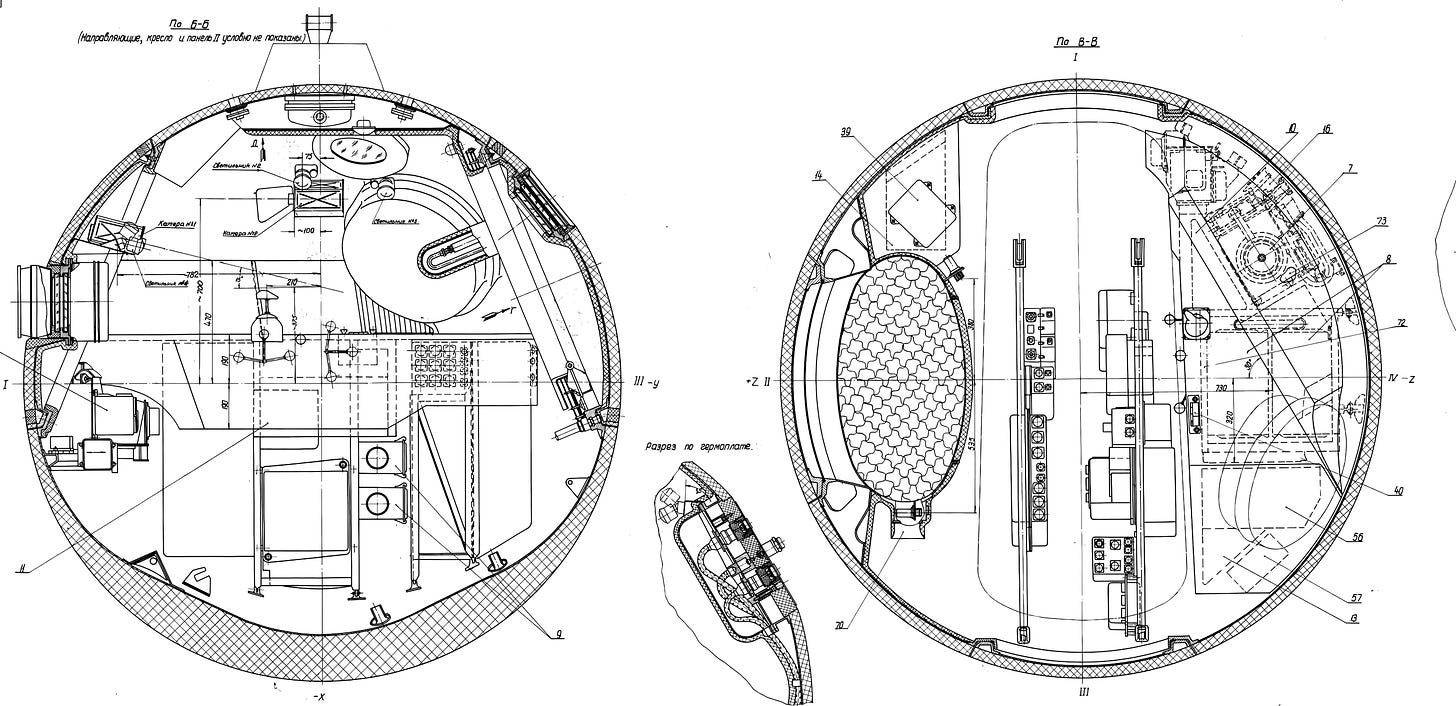
Those Technology for Youth covers tickle the same part of my brain that the Popular Mechanics covers did in my youth. :-)